One of Europe’s largest countries, Germany encompasses a wide variety of landscapes: the tall, sheer mountains of the south; the sandy, rolling plains of the north; the forested hills of the urbanized west; and the plains of the agricultural east. At the spiritual heart of the country is the magnificent east-central city of Berlin, which rose phoenix like from the ashes of World War II and now, after decades of partition, is the capital of a reunified Germany, and the Rhine River, which flows northward from Switzerland and is celebrated in visual art, literature, folklore, and song.
Along its banks and those of its principal tributaries, among them the Neckar, Main, Moselle, and Ruhr stand hundreds of medieval castles, churches, picturesque villages, market towns, and centres of learning and culture, including Heidelberg, the site of one of Europe’s oldest universities (founded in 1386), and Mainz, historically one of Europe’s most important publishing centres. All are centrepieces of Germany’s thriving tourist economy, which brings millions of visitors to the country each year, drawn by its natural beauty, history, culture, and cuisine (including its renowned wines and beers).
HAMBURG – Is a major port city in northern Germany, connected to the North Sea by the Elbe River. It’s crossed by hundreds of canals, and also contains large areas of parkland. Near its core, Inner Alster lake is dotted with boats and surrounded by cafes. The city’s central Jungfernstieg boulevard connects the Neustadt (new town) with the Altstadt (old town), home to landmarks like 18th-century St. Michael’s Church. The green city on the water is not just one of the most beautiful cities in Germany. Even the normally reticent citizens of the Hanseatic city have difficulty hiding their pride about “their” city.
BERLIN – The capital city of Germany, Berlin is widely associated with its World War II history. Since the fall of the historic Berlin wall in 1989, Berlin today is a vast city diverse in ethnic groups and abundant in sightseeing attractions, culture and nightlife. Many tourists are drawn to Berlin’s famous historic structures, which include the Brandenburg Gate and the Reichstag. Although most of the Berlin Wall was demolished, there are some portions still standing near Checkpoint Charlie and Reichstag.
NEUSCHWANSTEIN CASTLE – The most photographed building in Germany, Neuschwanstein Castle, is also one of Europe’s most popular tourist destinations. Nestled among the breath-taking beauty of the Bavarian Alps near the town of Fussen, this fairy-tale castle was the inspiration behind Walt Disney’s Sleeping Beauty Castle. Constructed in the late 1800s, Neuschwanstein Castle was created as a fancy retreat for King Ludwig II of Bavaria.
DRESDEN – Before it was severely damaged from World War II bombings, Dresden was known as the Jewel Box because of its lavish collection of stunning art and architecture. The capital of the federal state of Saxony, Dresden offers a number of historic sites like the stunning Frauenkirche cathedral. The city also boasts many cultural institutions including the widely esteemed Semper Opera.
MUNICH – Best known as the home of the world famous Oktoberfest, which began in 1810 with a royal wedding celebration. Munich is one of the best places to visit in Germany. Home to several sophisticated opera houses and theatres like the National Theatre. The city centre is an attractive blend of classic and modern architecture, steeped in historic churches, medieval walls and royal palaces as well as bustling shopping malls and nightlife venues.
COLOGNE – Situated on the Rhine River in the German state of North Rhine-Westphalia, Cologne offers a vibrant array of attractions and buzzing nightlife. Cologne is also home to impressive landmarks such as the Cologne Cathedral, a stunning Gothic church. Moreover, the Twelve Romanesque Churches are magnificent examples of medieval architecture. The University of Cologne is one of Europe’s oldest and largest universities. Cologne is a major cultural centre for the Rhineland; it hosts more than 30 museums and hundreds of galleries. Exhibitions range from local ancient Roman archeological sites to contemporary graphics and sculpture.
RUGEN ISLAND – Located in the Baltic Sea, Rugen Island is the largest island in Germany, connected to the mainland by the Rugen Bridge and Rugen Causeway. Charming villas, romantic seaside resorts and beautiful beaches all draw tourists to Rugen Island, but the star attraction is the Jasmund National Park, famous for its unique chalk cliffs rising 528 feet (161 meters) over the sea. Another feature of Rugen Island is Cape Arkona, East Germany’s northernmost tip, where tourists can visit an old lighthouse, remnants of a Slavic castle and a picturesque fishing village.
ROMANTIC RHINE – Stretching between the cities of Bingen and Bonn, the Middle Rhine flows through a dramatic geological formation called the Rhine Gorge. This region features a spectacular landscape dotted with some 40 medieval castles, picturesque villages and terraced vineyards. The region’s most famous natural attraction is the Lorelei, the deepest and most narrow section of the Rhine Gorge, which features a large, treacherous rock that caused several boating accidents prior to the 19th century. The best way to experience the Romantic Rhine is by a riverboat cruise.
LEIPZIG – The largest city in Germany’s federal state of Saxony, Leipzig is known for its vibrant arts and culture scene shaped by famous music composers like Bach, Felix Mendelssohn and Richard Wagner. Tourists can enjoy performances of Bach’s music at the St. Thomas Church where Bach once served as choir leader and is now buried. In addition to historic sites like the Old Town Hall, the city boasts several impressive structures such as the Napoleonic Monument to the Battle of the Nations and Reichsgericht, the former high court of the Reich. One of Europe’s largest town squares, the Augustusplatz, is situated at the central campus Germany’s second-oldest university.
HEIDELBERG – With historic treasures like the medieval Old Bridge, the Heidelberg Castle, the Church of the Holy Spirit and the Knight St. George House, it is no wonder that Heidelberg is a popular tourist attraction. The city centre’s main street, Haupstrasse, is packed with pubs, restaurants, museums, art galleries, shops and markets selling the likes of beer steins, cuckoo clocks and German sausages. Home to Germany’s oldest university, Heidelberg’s long academic history can be retraced along the Philosopher’s Walk, a scenic footpath often walked by many earlier philosophers and professors.
STUTTGART- The capital of southwest Germany’s Baden-Württemberg state, is known as a manufacturing hub. Mercedes-Benz and Porsche have headquarters and museums here. The city is filled with greenspaces, which wrap around its centre. Popular parks include the Schlossgarten, Rosensteinpark and Killesbergpark. Wilhelma, one of the largest zoos and botanical gardens in Europe, is just northeast of Rosenstein Castle.
For more info on how and where to book click here.

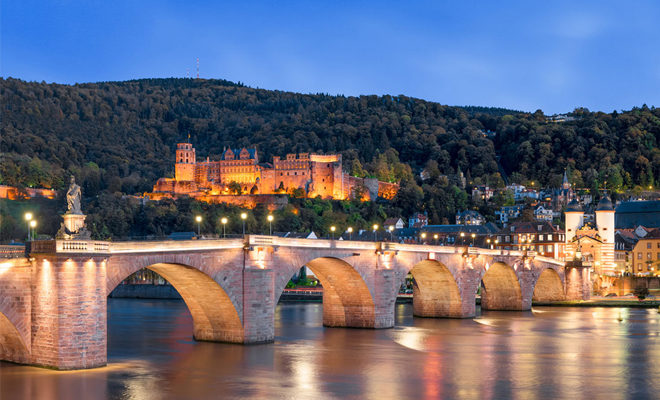

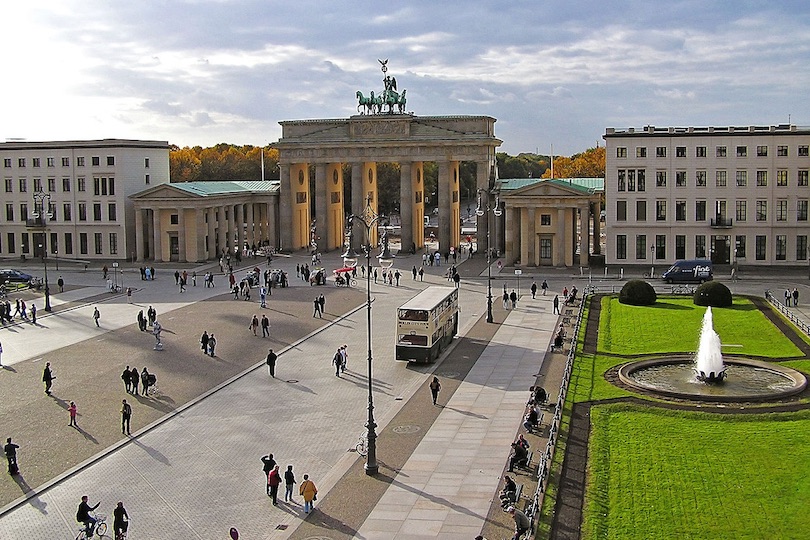

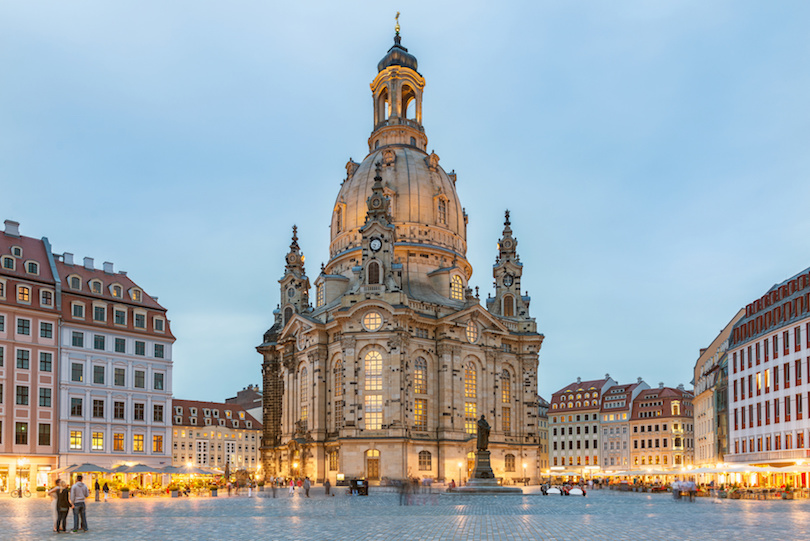
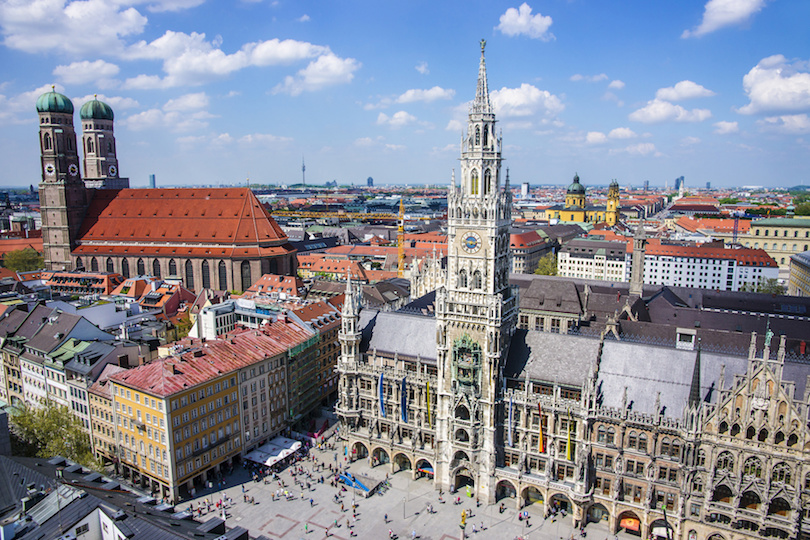

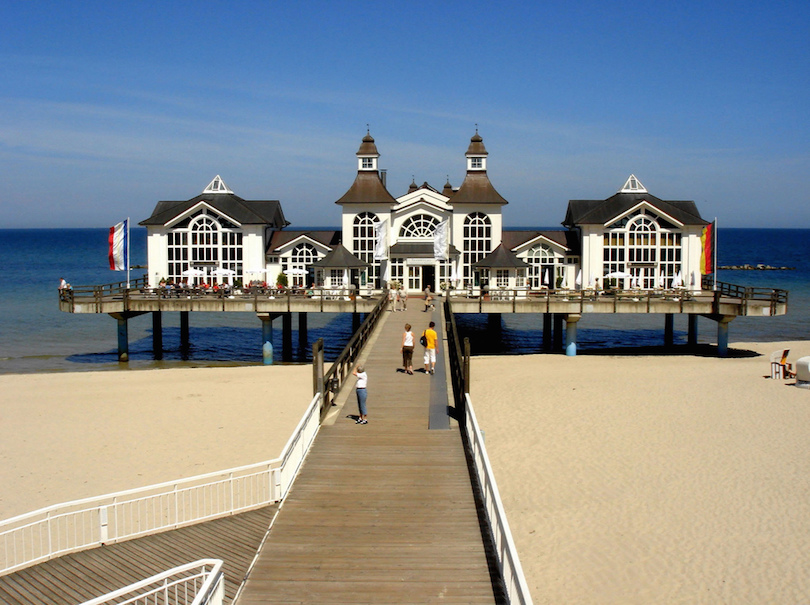
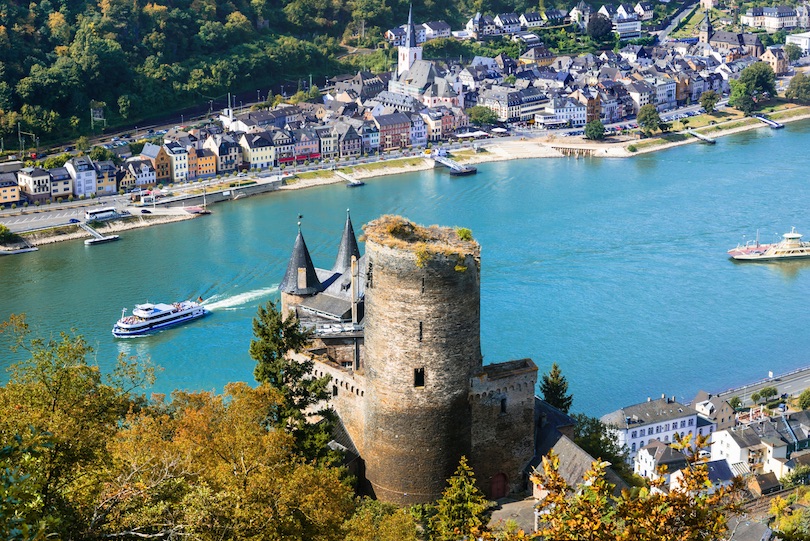
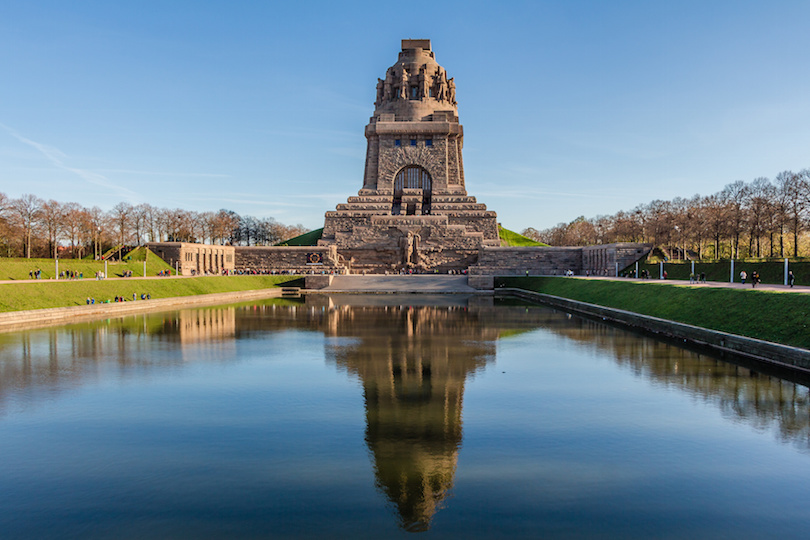
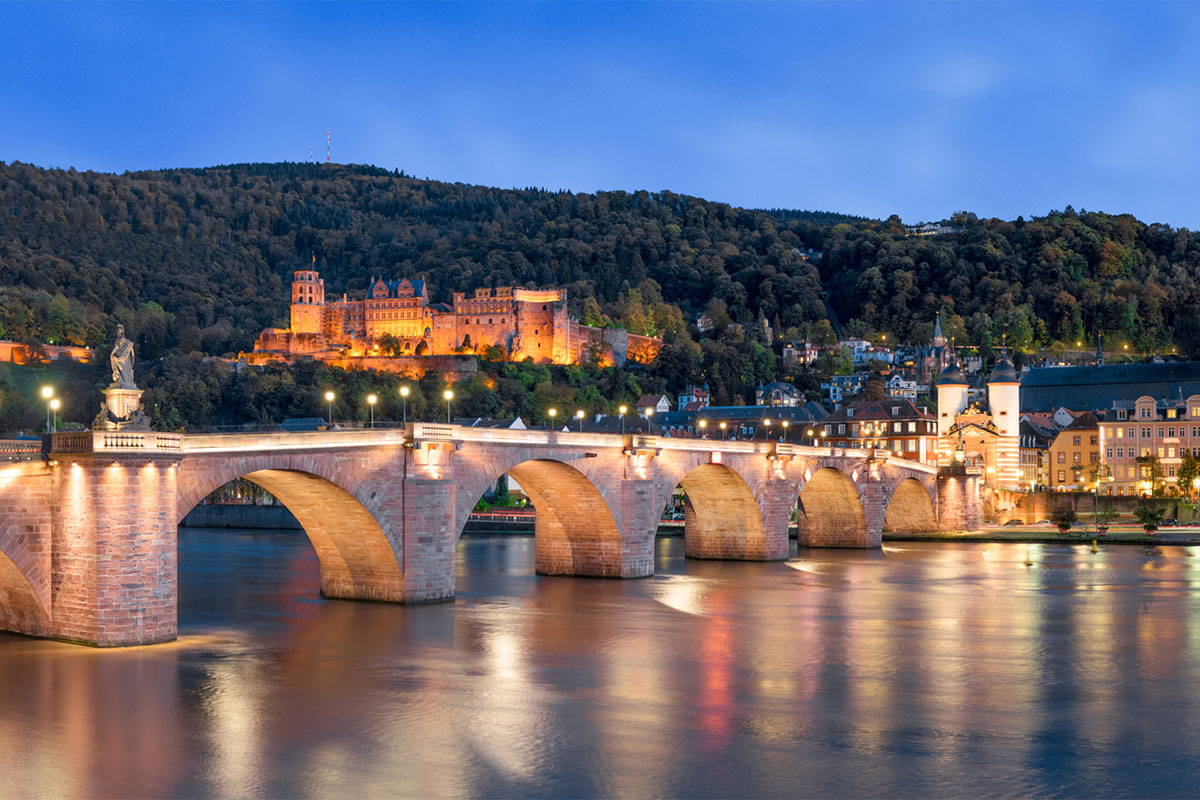
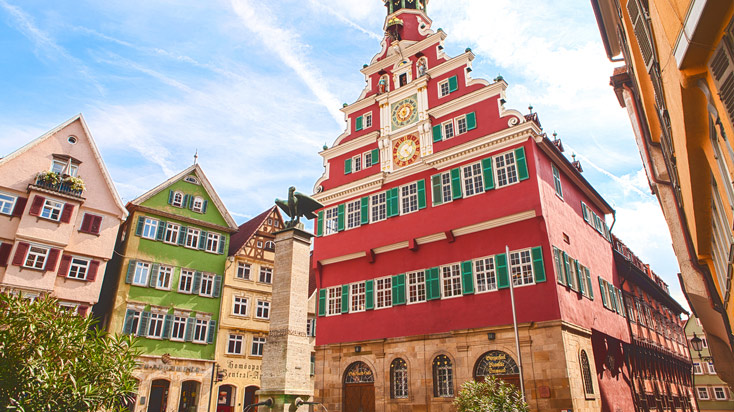
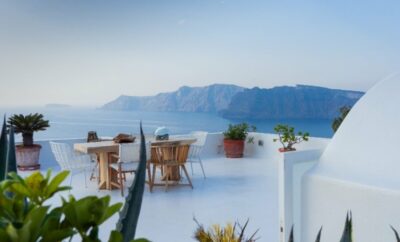



You must be logged in to post a comment Login